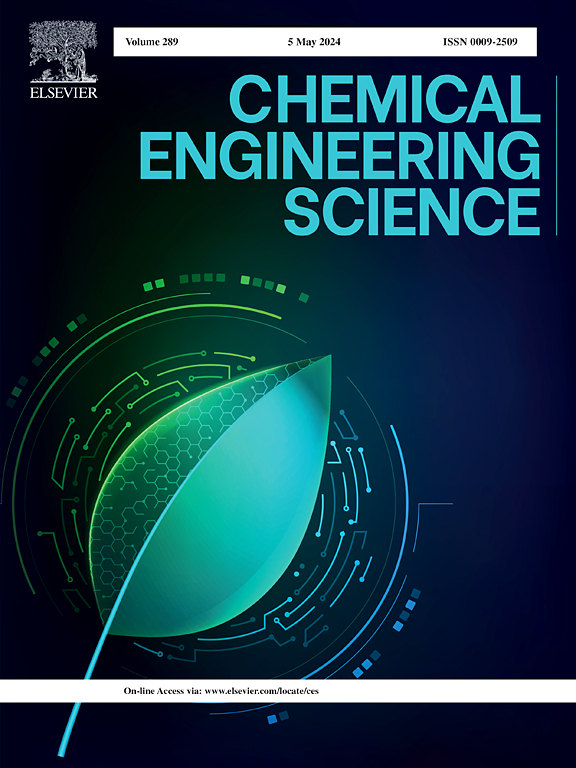超声速喷管冷凝水激波预测:不同过热度下高压与低压工况的比较
IF 4.1
2区 工程技术
Q2 ENGINEERING, CHEMICAL
引用次数: 0
摘要
膨胀过热区以宽压力谱为特征,对工业设备设计提出了重大挑战。为了解决这个问题,我们研究了超声速喷管在各种压力和过热程度下的非平衡冷凝(NQC)现象。我们的结果揭示了该区域内高压和低压条件下流动行为的显著差异。熵产在特定的过热水平达到最大值,摩擦损失构成过热区域内熵产的主要贡献者。冷凝激波的位置和强度对滞止压力和过热程度的波动很敏感。重要的是,在饱和和高压状态下,流动仍然没有冷凝冲击。在低压条件下,质量流量与过热度的增加呈负相关。相反,在高压下,这种关系是非单调的,其特点是随着过热水平的升高,开始上升,随后下降。低压流动的特点是相对于高压流动的过饱和比和液滴数密度升高。施加50度的过热度会显著降低出口液体质量分数(LMF),在低压流和高压流中分别降低约95%和63%。本文章由计算机程序翻译,如有差异,请以英文原文为准。


Prediction of condensation shock in supersonic nozzle: Comparison between high-pressure and low-pressure conditions at different of superheating degree
The expansive superheated region, characterized by a broad pressure spectrum, presents a significant challenge in industrial equipment design. To address this, we investigate non-equilibrium condensation (NQC) phenomena in a supersonic nozzle across a wide range of pressures and degrees of superheat. Our results reveal marked disparities in flow behavior between high- and low-pressure conditions within this region. Entropy generation reaches a maximum at a particular superheat level, and frictional losses constitute the primary contributor to entropy generation within the superheated region. The position and intensity of the condensation shock are sensitive to fluctuations in stagnation pressure and degree of superheat. Importantly, in saturated and high-pressure regimes, the flow remains free of condensation shocks. Under low-pressure conditions, mass flow rate exhibits a negative correlation with increasing superheat. In contrast, at high pressures, the relationship is non-monotonic, characterized by an initial rise followed by a decline as superheat levels elevate. The low-pressure flow is characterized by elevated supersaturation ratios and droplet number densities relative to the high-pressure flow. Imposing a 50-degree superheat results in a significant reduction of outlet liquid mass fraction (LMF), with approximately 95% and 63% decreases observed for low- and high-pressure flows, respectively.
求助全文
通过发布文献求助,成功后即可免费获取论文全文。
去求助
来源期刊

Chemical Engineering Science
工程技术-工程:化工
CiteScore
7.50
自引率
8.50%
发文量
1025
审稿时长
50 days
期刊介绍:
Chemical engineering enables the transformation of natural resources and energy into useful products for society. It draws on and applies natural sciences, mathematics and economics, and has developed fundamental engineering science that underpins the discipline.
Chemical Engineering Science (CES) has been publishing papers on the fundamentals of chemical engineering since 1951. CES is the platform where the most significant advances in the discipline have ever since been published. Chemical Engineering Science has accompanied and sustained chemical engineering through its development into the vibrant and broad scientific discipline it is today.
 求助内容:
求助内容: 应助结果提醒方式:
应助结果提醒方式:


